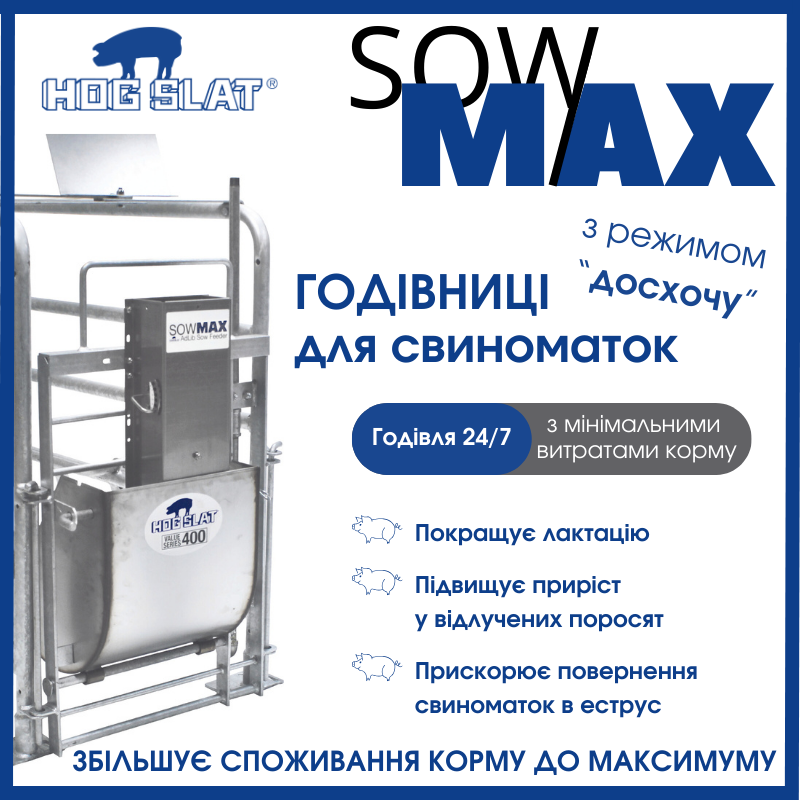The lactose and fat content of colostrum provides energy, which is needed to maintain piglet body temperature early in life. Additionally, colostrum protein includes immunoglobulins (Ig) for passive immunity. The concentration of these nutrients rapidly changes over the first 24 hours of lactation with the percentage of total solids and protein decreasing over time and the percentage of fat and lactose increasing. The ability for piglets to consume these nutrients is a balance between piglet demand and the sow’s capacity to produce colostrum.
Here are three ways to improve colostrum intake.
1. Sow Body Condition
The greatest opportunity to maximize colostrum yield and quality is through proper management of body condition score in gestation. Supplying more nutrients prefarrow through increased feed allowance is thought to decrease sow catabolism, therefore increasing the amount of nutrients available for colostrum synthesis and body condition maintenance.
However, overfeeding sows during gestation has negative implications on colostrum yield. This is largely associated with body condition because fat sows (backfat over 0.95 in.) often exhibit decreased colostrum yield, which is thought to be associated with increased fat accumulation in mammary tissue. Because a high body condition is generally a consequence of over feeding for an extended period, it is important to make sure females enter farrowing with an appropriate body condition to maximize colostrum yield.
2. Nutritional Strategies
Nutritional strategies to help maximize colostrum yield and quality are inconsistent. Variation in these results could be due to sow colostrum production capacity, parity, farrowing induction protocol, and gestation length. The research has been inconsistent if feeding additional feed to provide more energy or amino acids has a consistent impact on colostrum quality and/or yield. However, what is clear, if sows are not provided enough feed to satisfy these requirements prefarowing, then colostrum yield will be impacted negatively.
Thus, increasing pre-farrow feed allowance for thin and moderately conditioned females may be a way to assure that sows are in positive energy balance and colostrum yield will be optimized.
3. Farm Parity Distribution
The sow farm parity structure will influence colostrum output, consequently impacting litter performance. More specifically, multiparous females tend to have greater colostral IgG concentration than primiparous females, whereas primiparous females tend to have higher colostral fat concentrations. Colostrum yield is generally greater in parity 2 and 3 sows compared to parity 4 and higher. In addition to parity, sows that are induced prior to their expected farrowing date often exhibit decreased colostral fat and Ig concentrations. If early induction protocols are in place, feeding increased dietary energy prefarrowing can help mitigate these negative effects.
By Joel DeRouchey, Madie Wensley, Mike Tokach, Jason Woodworth, Bob Goodband and Jordan Gebhardt of Kansas State University
PigUA.info by materials porkbusiness.com



